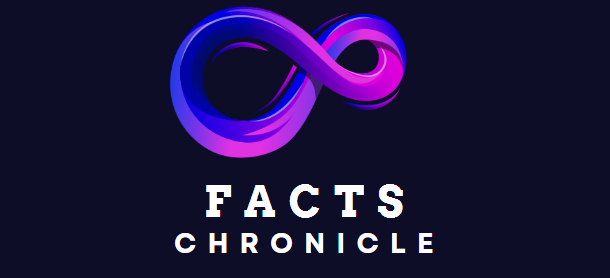The annual HIMSS conference in Orlando, Florida brought together over 30,000 health and tech professionals to showcase the latest advancements in medical technology. One of the most talked-about innovations at the event was ambient clinical documentation, a tool that allows doctors to record and transcribe patient visits using artificial intelligence.
This new technology aims to alleviate the administrative burdens that many doctors face, allowing them to focus more on meaningful interactions with their patients. By automating the process of creating clinical notes, ambient clinical documentation saves doctors time and energy, ultimately improving their overall work-life balance.
Companies like Microsoft’s Nuance Communications, Abridge, and Suki have developed solutions with ambient clinical documentation capabilities, and the response from the medical community has been overwhelmingly positive. Doctors who have adopted this technology report feeling more fulfilled in their work and experiencing less burnout.
The impact of ambient clinical documentation is not limited to individual practices. Large health systems like Stanford Health Care have already begun deploying these tools on an enterprise-wide scale, resulting in increased efficiency and satisfaction among physicians.
The adoption of ambient clinical documentation marks a significant shift in the healthcare industry towards embracing AI-driven solutions to improve patient care and enhance the overall practitioner experience. As more organizations incorporate these tools into their workflows, we can expect to see continued growth in this area and potentially even more innovative applications in the future.
My opinion on ambient clinical documentation is that it holds great potential to revolutionize the way doctors interact with their patients and manage their workload. By streamlining administrative tasks and allowing for more personalized patient care, this technology has the power to transform the healthcare industry for the better. I believe that further investment and research in ambient clinical documentation will lead to even more significant advancements in the field, ultimately benefiting both healthcare providers and patients alike.


